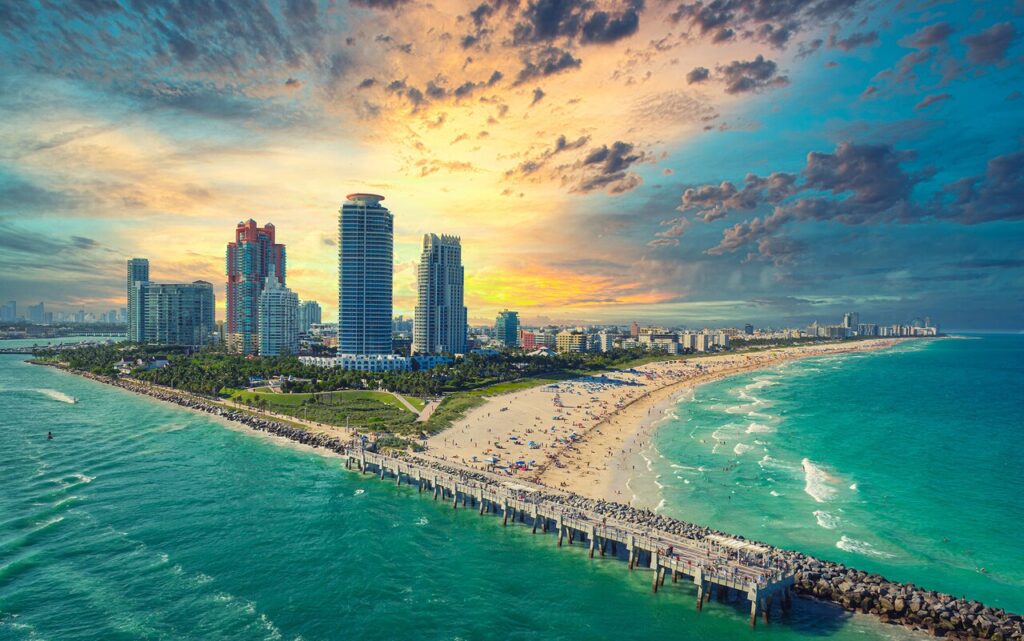
Determining the “worst” part of living in Florida is subjective and depends on individual preferences and priorities. However, some commonly cited downsides include:
Extreme weather
- Hurricanes and tropical storms: The state is prone to these destructive storms, especially during the Atlantic hurricane season (June to November). These can cause significant damage, power outages, and disruption to daily life.
- Oppressive heat and humidity: Summers in Florida can be brutal, with high temperatures and stifling humidity making outdoor activities uncomfortable or even dangerous.
- Flooding: Low-lying areas are susceptible to flooding from hurricanes, heavy rainfall, and rising sea levels.
Cost of living
- Housing costs: While housing costs vary across the state, Florida generally has a higher cost of living than the national average, particularly in popular coastal areas.
- Taxes: While there is no state income tax, Florida compensates with higher sales taxes, property taxes, and other miscellaneous fees.
Other Concerns
- High crime rates: Some areas of Florida have high crime rates, particularly property crime.
- Mosquitoes and other pests: The warm, humid climate creates a breeding ground for mosquitoes, fire ants, and other annoying insects.
- Environmental issues: Red tide algae blooms, toxic water discharges, and water pollution threaten marine life and coastal communities.
- Urban sprawl: Rapid population growth has led to urban sprawl, increasing traffic congestion and loss of natural habitats.
However, it’s important to remember that Florida also offers many positives, such as beautiful beaches, diverse ecosystems, vibrant culture, and year-round sunshine. Ultimately, whether or not the downsides outweigh the upsides depends on individual priorities and tolerance for the challenges specific to living in Florida.


